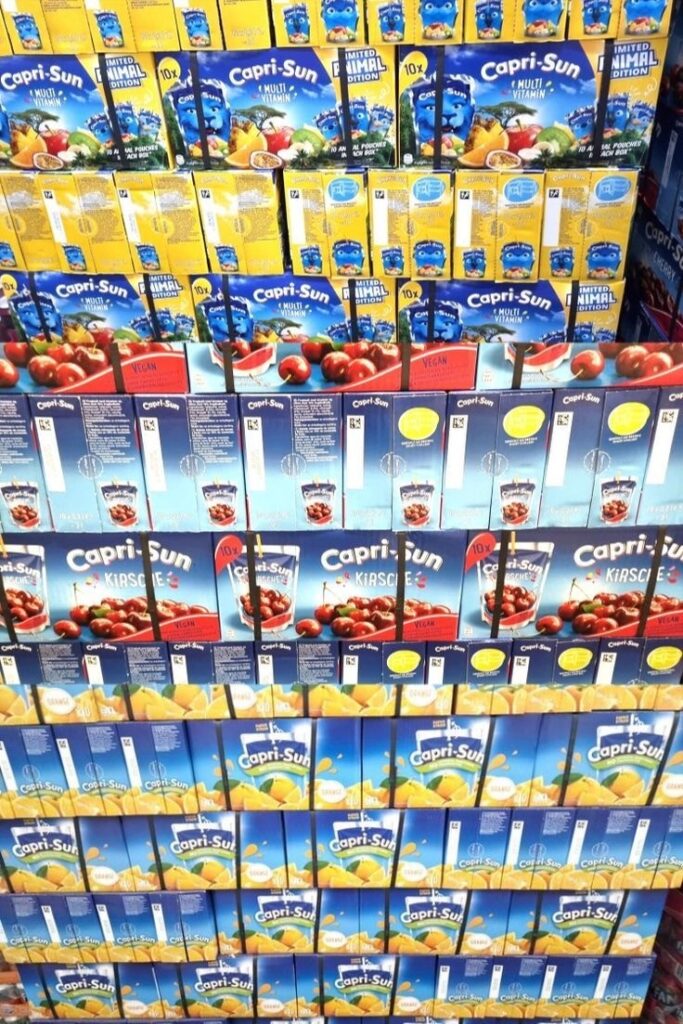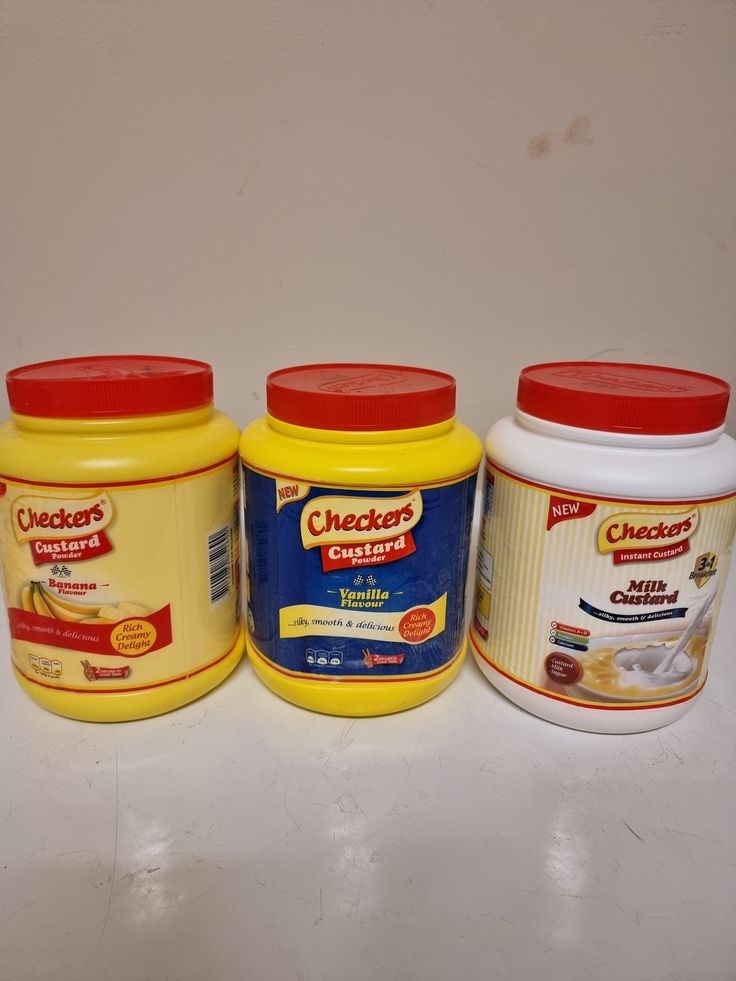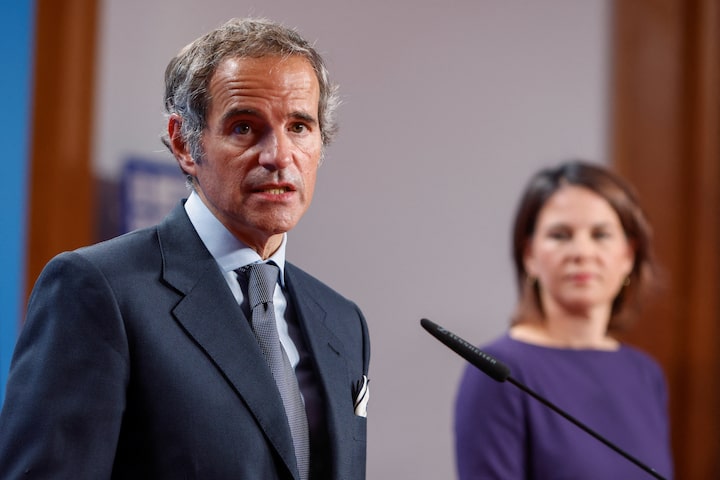The role of packaging evolved significantly in recent years, expanding beyond its basic duty of protecting items to actively influencing consumer behaviour. In today’s consumer-driven economy, packaging is critical for grabbing attention and distinguishing products from competition. Brands increasingly leverage the power of a product’s packaging to capture attention, influence perception, and communicate product benefits.
As globalization and the need for growth continues to drive innovation, brands, and businesses continue to explore creative ways to package their products to appeal to their intended consumers. Product packaging is equally essential as the product itself. How a product is preserved, presented, and transported influences its durability and market success.
The packaging design is the first exposure and impression a consumer has with a product, especially if the product is new to the market. It encompasses the entire process of designing the package (the shape and material) to its exterior graphic appearance (texts, colours and images) to develop tactile, visible and physical sensations.
Gradually packaging has become an essential aspect of sales promotion and a functional connection between brands and consumers, transmitting conceptual sensorial information that brings about continual value, thereby making it an influential tool for branding and communication.
In this 21st century, customers tend to eat with their eyes. Visually appealing products such as food and beverages entice people to consume the food and be convinced that the food tastes better. Brands have capitalized on the ability of packaging to build a visual first impression capable of drawing consumers’ attention and differentiating their product from the rest of the pack.

There are two main categories of the elements of product packaging that result in their influence on consumers’ purchase intentions. They are the visual elements –colours, shapes, graphics, material, and sizes (this comprises of the emotional aspect of decision-making) and the informational element, which involves decision-making’s psychological and cognitive aspects.
The role of packaging in marketing communication is recognized as one of the most vital factors influencing consumer buying decisions. The rise of self-service has diminished the role of a salesman as a product communicator and marketer, shifting the role of packaging to a communicator by providing information on the product package.
Visual elements in product packaging are crucial for attracting customers’ attention, communicating the right message to consumers, and influencing purchase intentions. With so many products vying for consumers’ attention on store shelves, packaging design is an effective tool for brands to stand out. Colors, fonts, graphics, and eye-catching images help build a distinctive and recognizable brand presence.
Additionally, carefully designed packaging can convey product qualities, advantages, and characteristics, fostering trust and confidence, while generating a favorable response towards the product. Effectively utilizing visual elements can evoke emotions, communicate the value proposition of the product, and generate a favourable first impression, ultimately resulting in increased consumer intentions to make a purchase decision.
Unique packaging can entice consumers to make repeat purchases. Brands have utilized this characteristic to shape overall identity, appearance, and presentation, conveying the brand’s message and distinguishing products from competitors.
The growth and increase of various businesses have made manufacturers and producers aware of the value of packaging as a marketing tool. Presently it is an essential aspect of a company’s product growth strategy. Well-crafted packages can serve as a promotional tool by persuading consumers to make a purchase.
Packaging design has been globally recognized and defined by scholars across various fields. According to Alscher (2019), packaging design does not just involve the decoration of a product; it is a massive part of the customer’s experience. We have been schooled not to judge a book by its cover, but it is precisely what we do regarding our purchase intentions.
According to Pahwa (2022), the packaging is vital from product development to consumer consumption. These functions include.
- Containment and protection: The central function of a product package is to contain and preserve the content during distribution and protection from unforeseen environmental threats. The product is protected from climatic conditions such as dryness, heat, moisture and vapour.
- Information: Packaging helps convey product information to potential customers. This information is what consumers look out for at the point of purchase to ensure the product will give them the intended benefits they desire and lead to satisfaction.
- Promotion consists of using fascinating and attractive words, pictures, logos and colours to advertise the product to influence the consumer purchase decision.
- Communication: This encompasses product information that helps consumers communcate the necessary details. A package possesses the ability to communicate a brand’s message.
- Product identification: This involves the strength of packaging in the differentiation and identification of a product. Excellent and attractive packaging can create added value to a product and convince a consumer to attempt a trial

Also, the informational (verbal) element is just as important as the visual. Verbal aspects in product packaging are critical for efficiently expressing important information and messaging to consumers. Clear and concise product names, taglines, descriptions, and instructions assist customers comprehend the product’s purpose, advantages, and usage.
Text displayed may highlight the product’s unique selling points, meet consumer demands, and differentiate it from competitors. Furthermore, compelling narrative and persuasive language may elicit emotional responses and stimulate interest in the product
Moreover, packaging sizes play a crucial role in accessibility for both lower-income and affluent consumers. Small-sized packaging provides affordability, allowing price-conscious consumers with lesser incomes to purchase things within their budget. It enables consumers to purchase in smaller quantities and experiment with new products without a substantial financial commitmentt.
Larger-sized packaging, on the other hand, serves the demands of rich consumers who can afford bulk purchases. It offers cost-effectiveness and ease, allowing them to satisfy the demands of larger homes or indulge in their tastes without regular replenishing.
Furthermore, it is recommended that product designers and marketing managers should learn how to use design, colour, and form to win customer preference and maximize the efficacy and influence of visual aspects on consumer choices and decisions.
Lastly, the packaging quality must align with the product quality, and vice versa. It is important for marketers to consider product packaging as a marketing tool and a competitive advantage for the product and the brand.
Sources
- https://www.oberlo.com/blog/colour-psychology-colour-meanings
- https://www.tandfonline.com/doi/abs/10.1080/10686967.2005.11919257#:~:text=The%20traditional%20role%20of%20packaging,packaging%20as%20a%20marketing%20vehicle
https://www.feeddough.com/packaging -definition-types-functions/




